4 Tips for Keeping Employees Engaged, Wherever They Are
Originally published by Virgin Pulse on 4 May, 2020
Written by Jordan Dunne
For organizations across the globe, COVID-19 has changed day-to-day business operations and the workplace environment. Many employers are learning how to produce more with less and how to keep their workforce connected despite being physically apart. According to Gallup, employee engagement in the United States reached a record high in 2019, yet only about 35% of employees are actively engaged in their work, an increase of just 1% in the past year. Given the sudden and volatile changes your people are facing with COVID-19 in early 2020, these engagement rates are likely to drop without an intervention. During a time when safety and health are paramount for your employees, an employee wellbeing program is one of the most important programs you can implement to foster engagement and productivity. When you prioritize your employee’s wellbeing, you’re priming their ability to perform with focus and clarity, day after day.
Read 4 employee engagement ideas that will help your people and your organization thrive, wherever they are:
Offer Tools to Encourage Daily Healthy Habits and Holistic Wellbeing
Healthy, happy employees are productive, engaged employees. A wellness program with a robust, mobile-first platform that addresses all areas of health — from work-life balance to mental health to financial wellbeing— is a great way to help your people achieve their goals no matter where they are on their wellbeing journey.
Encourage Face Time
With such a large percentage of our global workforce dispersed right now, it’s difficult to replicate that in-office experience. Collaboration doesn’t come as easy when your team isn’t in a central location and employees don’t have the same opportunities to form social connections with their coworkers. Encourage your workforce to go beyond conference calls and emails. Try hosting a remote team lunch, scheduling a group exercise break, creating a channel for employees to communicate about non-work topics, or starting a workplace wellbeing challenge. You’ll strengthen teams by encouraging them to find a common cause.
It’s important to consider your multigenerational workforce while working remotely so everyone can join in on the fun. Extend a helping hand to workers that haven’t had to use applications like Skype, Zoom or Teams. Ask an employee that is more comfortable with technology to host or record a friendly training on how to use video conferencing technology on the devices most used at your organization to help everyone become familiar with these tools.
Clearly Define Roles and Responsibilities
People perform their best when they understand their unique purpose in the company and how it aligns with organizational goals. Organizational changes can shake up the roles and responsibilities of your workforce, creating uncertainty about expectations and how success in their role is quantified. When evaluation criteria are unclear or employees aren’t sure about what they need to do to succeed, they often disengage out of frustration. Does everyone in your organization have a job description? Is it the same job description from when they started the position, or could it use an update? Encourage your people leaders to consider rapidly changing responsibilities and facilitate two-way feedback to create a clear roadmap to success.
Foster Social Connections
Technology helps us to stay connected and to be more efficient, but—as New York Times best-selling author Dan Schawbel notes — it can also leave us feeling isolated. In fact, a new research study from Cigna found that three in five Americans classified themselves as lonely. Business leaders can set remote workers up for success by providing them with tools that help them manage the all of their wellbeing needs and the opportunity to form social bonds with coworkers. In fact, Gallup reports that people that have a best friend at work are seven times more likely to be engaged in their jobs, are better at engaging customers, produce higher quality work, have higher well-being, and are less likely to get injured on the job. In sharp contrast, those without a best friend in the workplace have just a 1 in 12 chance of being engaged.
Download our tip sheet to learn how to create a culture that encourages work-life balance.

